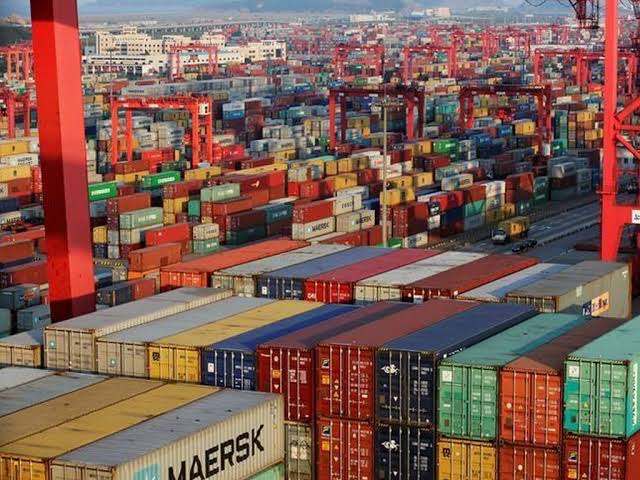Pakistan, with its strategic location along the Arabian Sea, serves as a vital trade gateway connecting Central Asia, South Asia, and the Middle East. The country’s ports and terminals play a crucial role in its economy, handling the majority of Pakistan’s international trade, imports, and exports. But how many ports does Pakistan have, and what types are they?
Here’s a detailed overview of Pakistan’s major ports and terminals, their types, and their significance
1. Major Seaports in Pakistan
1.1 Port of Karachi (Karachi Port)

Type: Natural/Deep-water seaport
Location: Karachi, Sindh
Capacity: Handles over 60% of Pakistan’s cargo
Key Features:
2 wharves (East and West)
33 berths
Bulk cargo, general cargo, containers
Significance: One of the oldest and busiest ports in South Asia
1.2 Port Qasim
Type: Deep-sea port
Location: Near Karachi, Sindh
Capacity: Handles approximately 35% of Pakistan’s maritime trade
Key Features:
Specialized terminals for liquid, dry, and container cargo
Energy and industrial zone access
Significance: A modern and industrial port supporting Pakistan’s energy and manufacturing sectors.
1.3 Gwadar Port
Type: Deep-sea port
Location: Gwadar, Balochistan
Managed by: China Overseas Port Holding Company
Key Features:
Strategic location near the Strait of Hormuz
Designed for high-capacity cargo and transshipment
Integral to the China-Pakistan Economic Corridor (CPEC)
Significance: Future trade hub for Central Asia, West China, and the Middle East
2. Types of Terminals in Pakistan
Pakistan’s ports are equipped with specialized terminals designed for specific types of cargo:
2.1 Container Terminals
Handle containerized cargo
Equipped with gantry cranes and yard equipment
Examples:
Karachi International Container Terminal (KICT)
South Asia Pakistan Terminals (SAPT)
Qasim International Container Terminal (QICT)
2.2 Bulk Cargo Terminals
Handle grain, coal, fertilizer, and ores
Use conveyor belts and silos for efficient movement
Examples:
Pakistan International Bulk Terminal (PIBT) at Port Qasim
FAP Terminal (grain and fertilizer terminal)
2.3 Liquid Cargo Terminals
Designed for oil, LNG, chemicals, and edible oil
Includes pipelines and safety systems
Examples:
Engro Vopak Terminal (Port Qasim)
Fauji Oil Terminal and Distribution Company (FOTCO)
2.4 Ro-Ro (Roll-on/Roll-off) Terminals
Specialized for vehicles, machinery, and wheeled cargo
Found in limited capacity at Karachi Port
2.5 Passenger Terminals
Used for ferry services and cruise ships
Less developed in Pakistan, with future development plans under CPEC
3. Upcoming and Future Port Developments
Pakistan continues to invest in expanding port infrastructure to boost trade and regional connectivity:
Gwadar Free Zone & Port Expansion
New LNG Terminals at Port Qasim
Transshipment and logistics hubs under CPEC
Port modernization programs backed by international partners
Conclusion
Pakistan currently operates three major commercial seaports—Karachi Port, Port Qasim, and Gwadar Port—along with several specialized terminals for container, bulk, liquid, and industrial cargo. These ports are vital to Pakistan’s economic growth, trade development, and regional connectivity under mega projects like CPEC.
As investment continues and maritime logistics evolve, Pakistan’s port infrastructure is expected to grow even further—transforming the country into a regional maritime powerhouse.